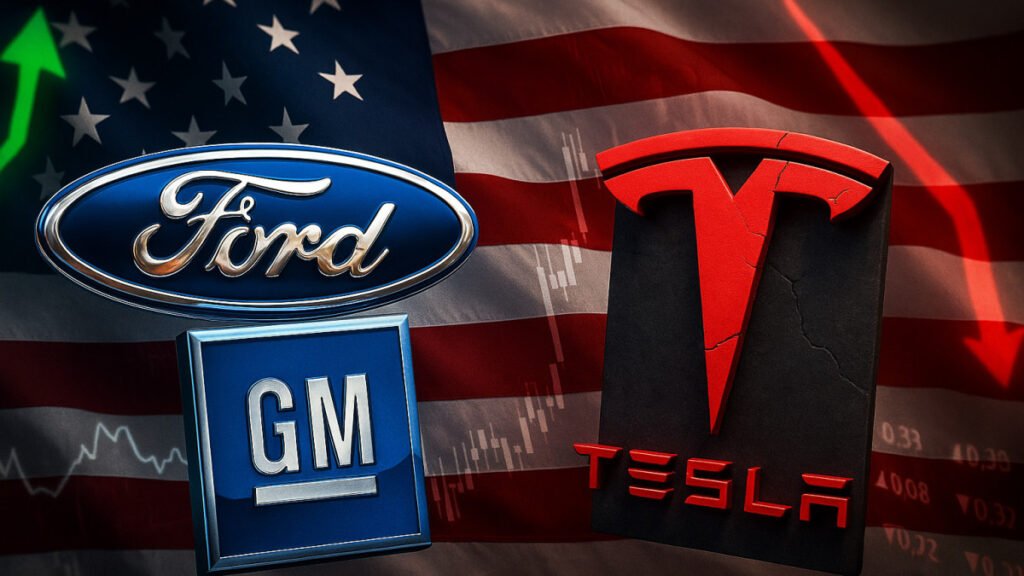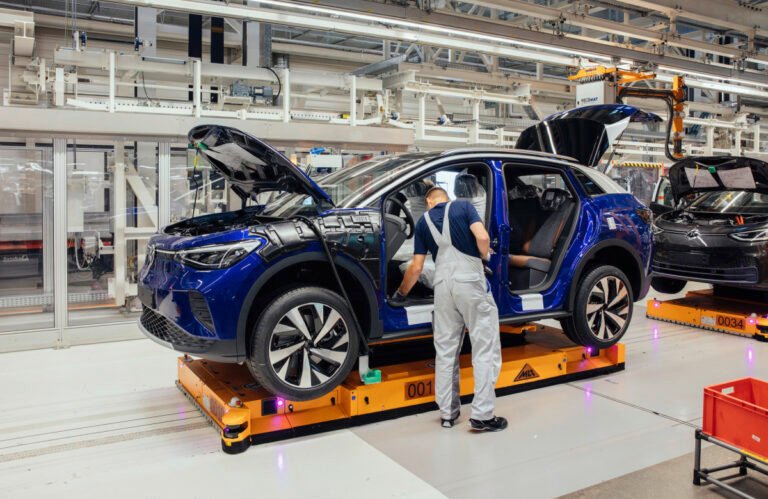
President Trump’s administration has been clear with its goal to cut back emissions regulations and remove tax incentives for electric vehicles, and the moves it has made appear to be a gift to automakers. Deregulation could cut billions in expenditures from automakers’ bottom lines, leading executives in the industry to celebrate the decision, with Ford CEO Jim Farley saying it had the “potential to unlock a multibillion-dollar opportunity over the next two years.”
The policy changes haven’t been finalized yet, but they would allow automakers to shift money away from electric vehicle investments toward more gas models. As Bloomberg pointed out, General Motors has spent $3.5 billion since 2022 buying credits to help it meet fuel economy and emissions regulations.

Ford has been able to cut $1.5 billion from its credit purchases, which it will use to develop new gas and hybrid models. The Blue Oval is also retooling one of its Canadian plants to produce F-Series Super Duty trucks, shifting away from its plan to build EVs at the Oakville, Ontario, location.
Carmakers have long opposed many of the emissions standards, saying they forced them to build more electric and plug-in vehicles than buyers wanted. Some companies paid significant fines for not meeting fuel economy standards, which may also go away under the new regulations. Stellantis has spent $190 million in penalties over the last two years for its shortcomings.

Stellantis
The federal EV tax credit ends on September 30, removing an up to $7,500 incentive for new electric models. That may lead some automakers to pull back further on electrification efforts, but General Motors said it sees an opening. It plans to continue pressing forward with new EV models, but said it was content doing so with slower growth rates.
While legacy automakers are celebrating the moves, newer companies may see serious impacts. Tesla and Rivian both earn significant revenue selling credits to other automakers, and cutting the fines could cost Tesla more than $1 billion per year in additional revenue.


